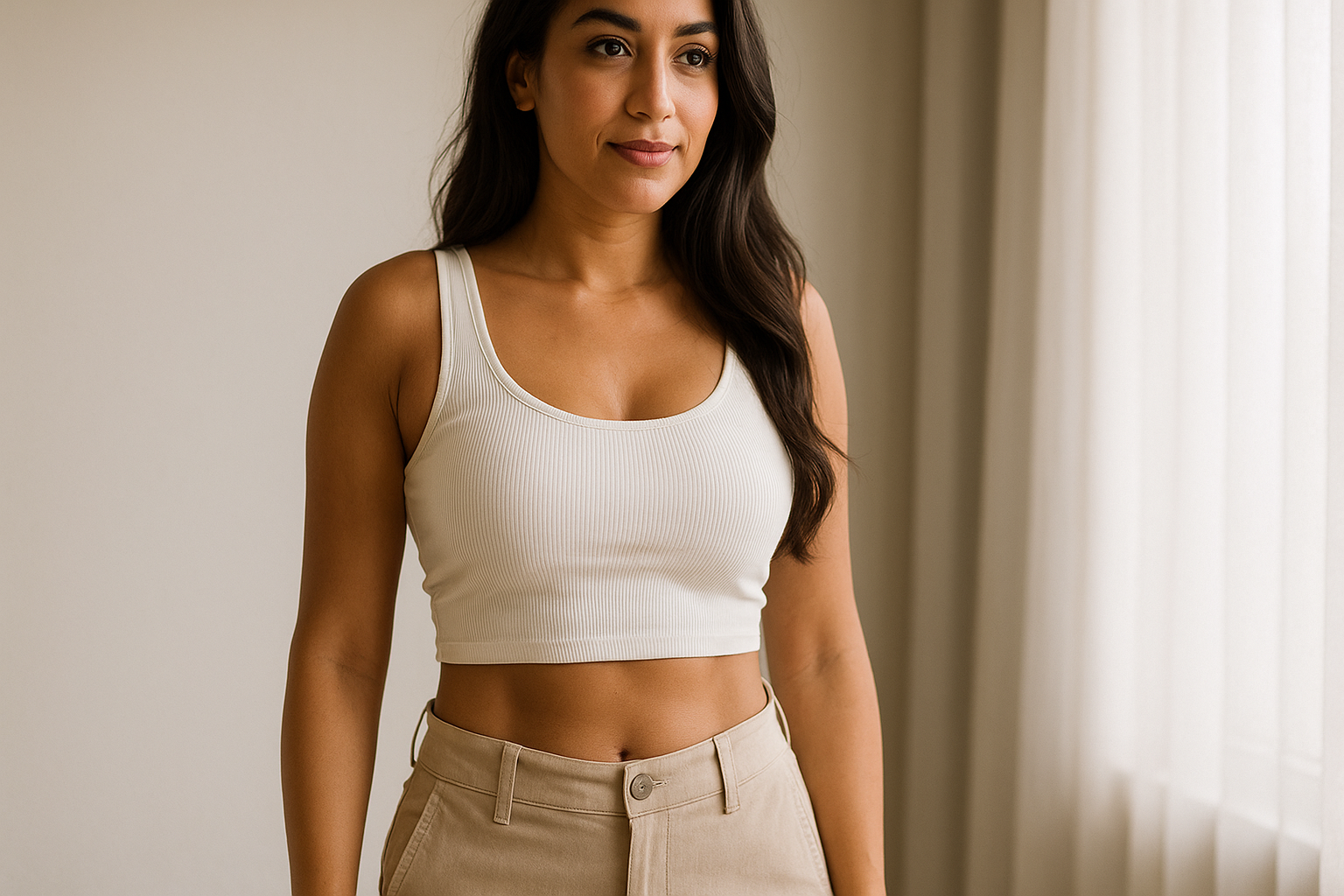
Rhinoplasty Swelling & Healing Timeline in Houston Patients
Wondering how long rhinoplasty swelling in Houston really lasts—and when you’ll finally see your “real” nose?
If you’re planning a nose job in Houston, it’s completely normal to worry about how puffy you’ll look, how long bruising sticks around, and when you can get back to work, workouts, and social plans. This guide walks through a typical swelling and healing timeline, what’s considered normal, and how local demand data can actually reassure you that you’re not alone in asking these questions.
Week 1: Immediate Rhinoplasty Swelling (Houston Patients’ Toughest Phase)
Right after surgery, your nose and the area around your eyes will look very swollen and bruised. Swelling typically peaks around days 2–3, then slowly starts to ease.
By the end of week 1:
- Most patients still have visible swelling and bruising
- A splint or cast is usually removed around day 7
- You may feel stuffy, pressure-heavy, and tired
Many Houston surgeons clear patients to work from home or return to very light desk work after about a week—as long as they’re off strong pain meds and comfortable with residual bruising.
Weeks 2–8: Rhinoplasty Swelling Settles & Your Nose Takes Shape
From weeks 2–4, swelling and bruising improve dramatically. Most people feel comfortable being out in public with minimal concealer around the 2-week mark.
Typical milestones:
- Weeks 2–3: Big drop in swelling; tip still looks fuller than you expect
- Weeks 3–4: Most obvious signs of surgery are gone; nose shape is more defined
- Weeks 4–6: Nasal bones are usually stable; many surgeons allow a return to cardio and, later, heavier exercise if healing is on track.
Even during this “settling” phase, minor day-to-day fluctuations are normal—especially in the evening or after salty meals.
Months 3–12: Subtle Swelling & Final Refinement
By about 3 months, most patients have lost ~80–90% of their swelling, and friends will see your new nose as “normal” (even if you still notice tiny changes).
Between 3–12 months:
- Remaining swelling is usually concentrated in the nasal tip
- Shape refines gradually, especially in thicker skin types
- Final results are typically visible by 12 months, with very minor changes possible up to 18 months in complex cases
Patience is key—rhinoplasty is a slow-reveal surgery.
Study Spotlight: Rhinoplasty Demand in Houston (Zenodo 2025)
A recent AestheticMatch-backed Zenodo study, “Lip Enhancement & Rhinoplasty Demand Across Six South–Central U.S. Metros (Aug 2023–Jul 2025),” analyzed Google Keyword Planner data across Austin, Houston, Dallas, San Antonio, Fort Worth, and New Orleans.
For Houston, the study found:
- Roughly 22,700 average monthly rhinoplasty searches, the highest volume among the six metros
- Steady year-over-year growth (~+6%) in nose job–related interest
- High search activity around “rhinoplasty swelling,” “rhinoplasty recovery,” and “nose job downtime” alongside cost and surgeon-credentials queries
In short, if you’re Googling “rhinoplasty swelling Houston”, you’re in very good company. Many local patients are actively searching for realistic timelines and honest recovery information—exactly what platforms like AestheticMatch.com are designed to provide with city-specific guides and vetted surgeon profiles.
FAQ: Rhinoplasty Swelling in Houston Patients
1. How long will my rhinoplasty swelling last?
Most visible swelling and bruising improves within 2–4 weeks, but subtle swelling—especially at the tip—can last 6–12 months. Complex or revision cases and thicker skin types may hold onto swelling a bit longer.
2. When can I go back to work and the gym in Houston’s heat?
Many patients return to desk work after 7–10 days. Light cardio is often allowed around 3–4 weeks, and heavier lifting around 6 weeks, if your surgeon clears you. Avoid intense heat (saunas, hot yoga) and high-impact sports early on, as they can worsen swelling.
3. Is uneven or “crooked” swelling normal after rhinoplasty?
Yes. Swelling is rarely perfectly symmetric. One side of the nose can look puffier or higher during the first few weeks. As long as your surgeon isn’t concerned at follow-up visits, this is usually part of normal healing.
4. How can I help reduce rhinoplasty swelling at home?
General strategies (always confirm with your surgeon) include:
- Sleeping with your head elevated
- Using cool compresses on the cheeks (not directly on the nose) early on
- Avoiding salty foods and alcohol
- Not smoking and strictly following post-op instructions
Looking for a licensed surgeon in Houston?
Key Takeaways & Next Steps
- Rhinoplasty swelling in Houston is most intense in the first week, improves rapidly over weeks 2–4, and then fades more slowly over months.
- Final nose shape often isn’t fully visible until 9–12 months, especially at the tip.
- Houston leads the region in rhinoplasty search volume, with many patients specifically researching swelling and healing timelines before they book.
- Choosing a board-certified, rhinoplasty-focused surgeon—and going in with realistic expectations—is the best way to navigate the recovery process with confidence.
You might find this article interesting:

